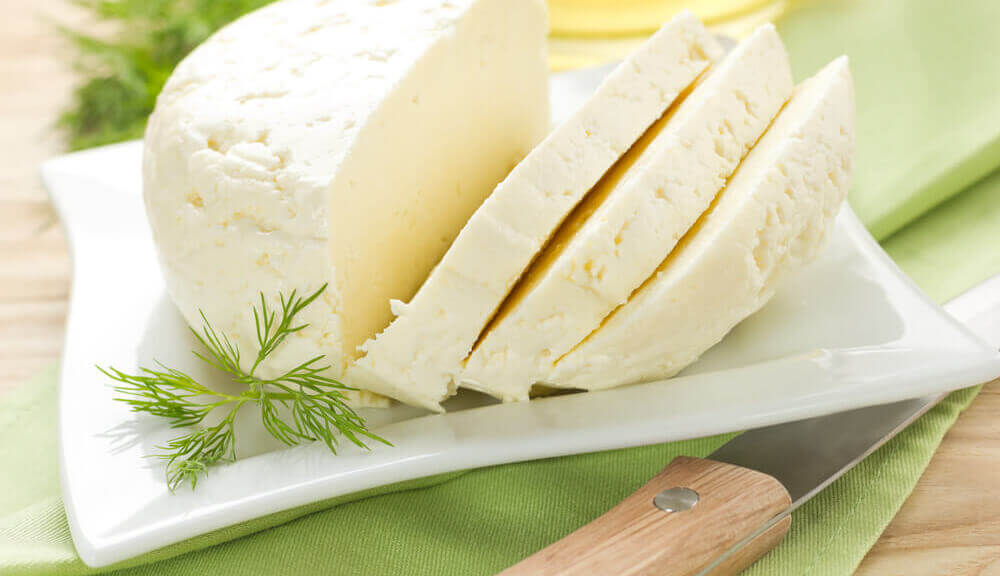Ensuring Authenticity: How to Recognize Fake Paneer at Home
How to Recognize Fake Paneer at Home
For vegetarians, paneer is a delicious and versatile ingredient, packed with protein, vitamins, and minerals. But with its growing popularity, concerns about fake paneer have surfaced. These imposters might lack the nutritional value and even contain harmful additives.
There are several ways you can perform a quality check of store-bought paneer at home. While the Food Safety and Standards Authority of India (FSSAI) has provided various tests and measures to check adulteration in milk and milk products, you can use the following tips and tricks to ensure the authenticity of your paneer.
1.The Mash Test:
Start with a tactile approach. Gently mash a piece of paneer between your fingers. Real paneer should have a firm texture and resist crumbling easily. If it crumbles readily, it might be made with skimmed milk, a telltale sign of a lesser quality product.
2. The Science Experiment:
For a more scientific approach, we have a few tests that utilize readily available ingredients:
A.The Iodine Tincture Test:
Boil the paneer and let it cool. Add a few drops of iodine tincture (available at most pharmacies) to the water. If the paneer turns blue, it suggests the presence of artificial additives.
B.The Tur Dal Powder Test (or Soybean Powder Test):
After boiling and cooling the paneer, add some tur dal powder (pigeon pea powder) or soybean powder to the water. If the paneer turns a suspicious light red, it might be contaminated with detergent or urea – both harmful substances you want to avoid!
3.The Ultimate Test: The Taste Test
Finally, trust your senses! When buying from open counters, a small taste can be very revealing. Real paneer should have a mild, milky taste. If it’s excessively sour or chewy, it’s best to avoid it.
By following these simple tips, you can confidently choose fresh, high-quality paneer for your next culinary creation. Remember, don’t get curdled by fake paneer – enjoy the real deal!


